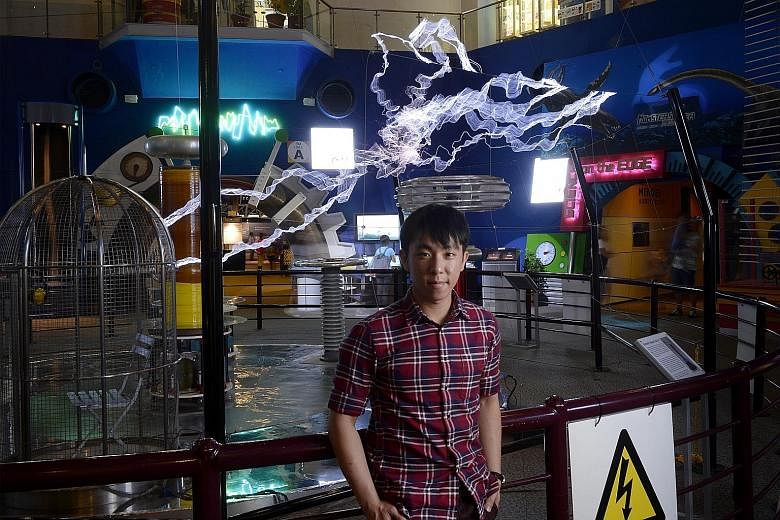Even physicist Nikola Tesla would be proud of what Singaporean Gao Guangyan has achieved in taking the ingenious Tesla coil to the next level ("The S'porean 'maker' of lightning"; Jan 25).
I agree that curiosity is an all-important component for any scientific breakthrough to happen.
Curiosity is what makes science lessons exciting and full of prospects for our young.
In this present era of the Internet, information can be found readily at the touch of a button.
It truly takes a creative and highly inquisitive mind to transform the knowledge into something that is useful and makes such a powerful statement as the Tesla coil.
To take our technology to the next level, we need people who can not only soar academically, but also improvise, build things with their hands and invent creatively.
We need to be able to challenge the impossible,upend existing theories and not be afraid of deviating from conventional wisdom. We need to open our minds to embrace new ideas.We need a certain doggedness in our pursuit of answers, as increased knowledge would only illuminate our ignorance of many more things.
There will always be new knowledge and new frontiers to explore. We need to be willing to take calculated risks, be prepared to take failures in our stride and accept that, perhaps, the side-tracking might lead to unexpected discoveries.
There is an ever pressing need to visualise, as did science fiction writers like Arthur C. Clarke, H.G. Wells and Jules Verne, who had the uncanny ability to predict how future technology might look.
Science fiction could be a catalyst to kick-start interest and innovations in science and technology.
A striking example is the space elevator, which was mentioned in Clarke's 1979 novel The Fountains Of Paradise ("Going up? Next stop, space launch pad"; Aug 19, 2015).
Attempts to replicate this innovation have yet to succeed, but, as better materials like carbon nanotubes and more flawless designs are being created, there is a high chance that it would come into fruition within 50 years.
Lee Kay Yan (Miss)

